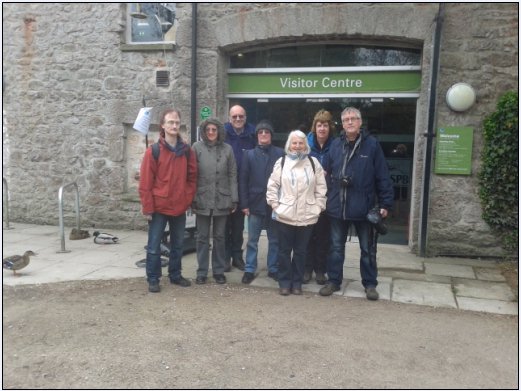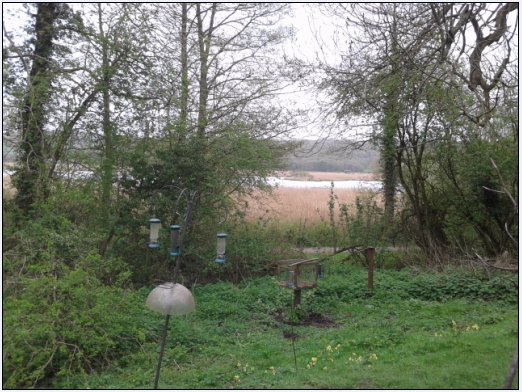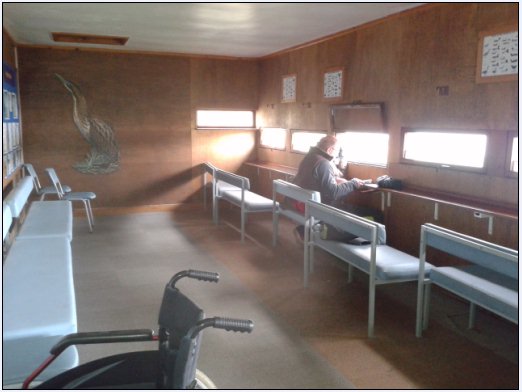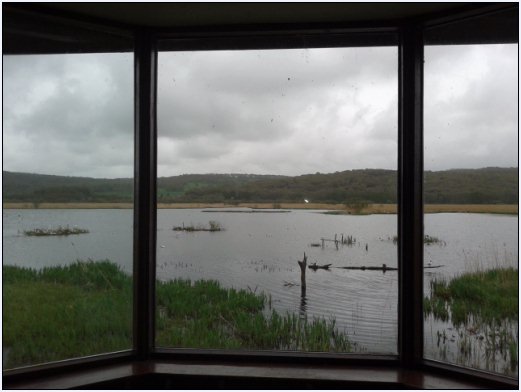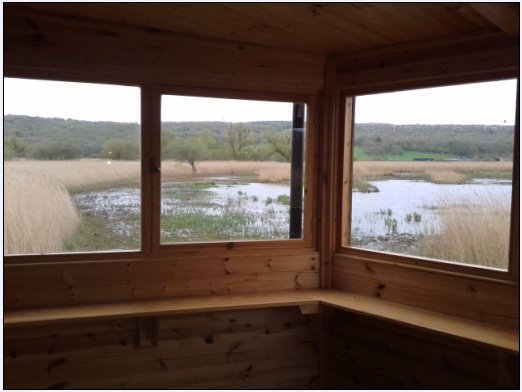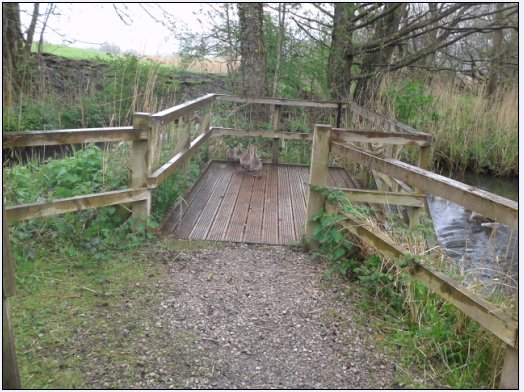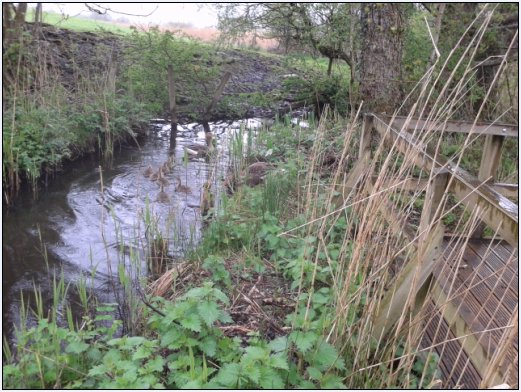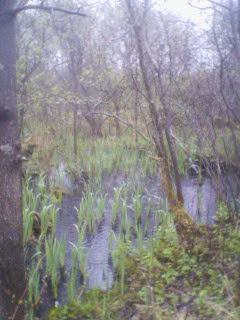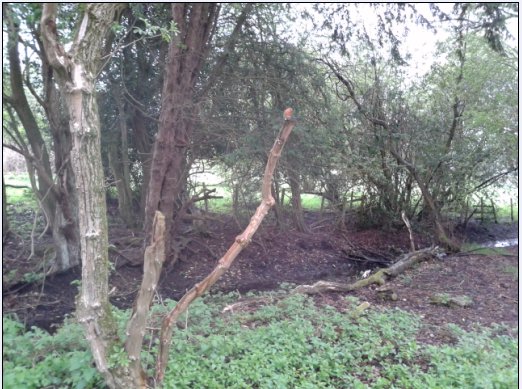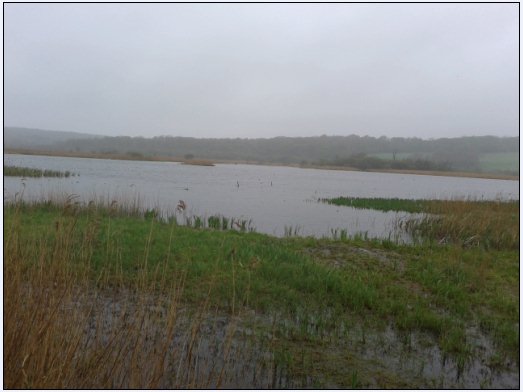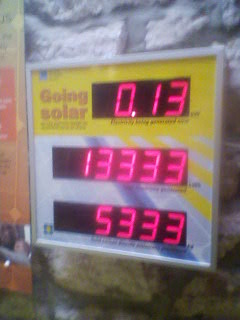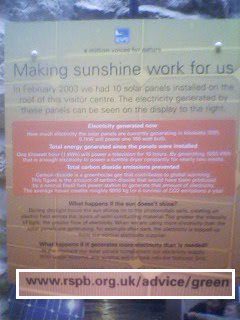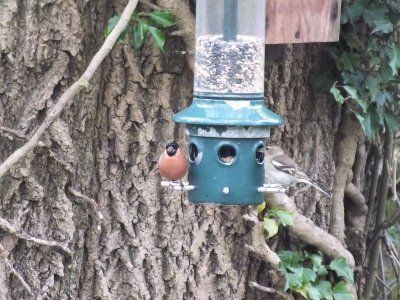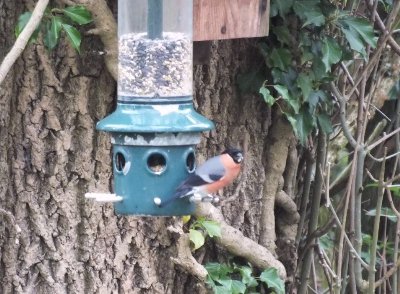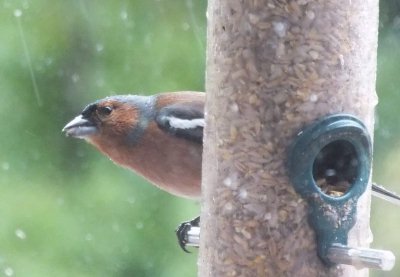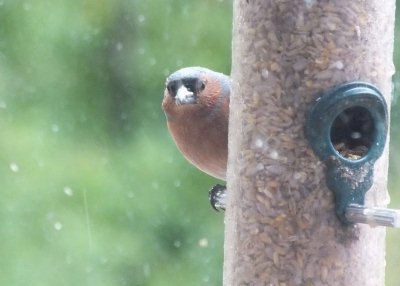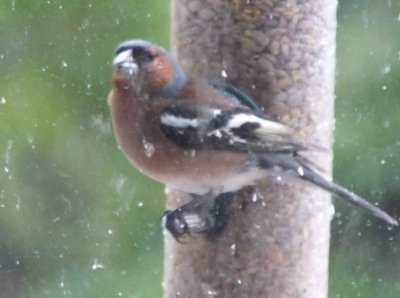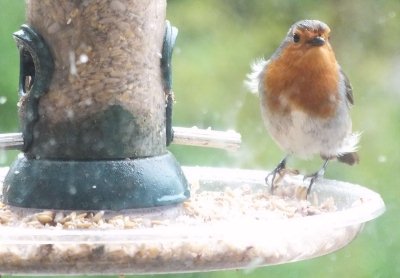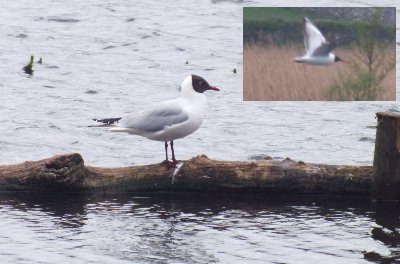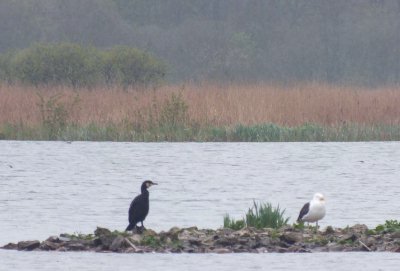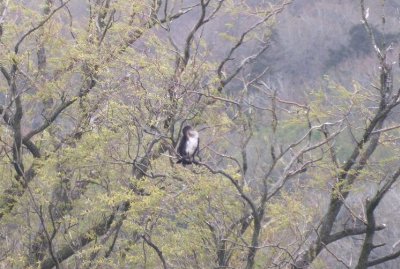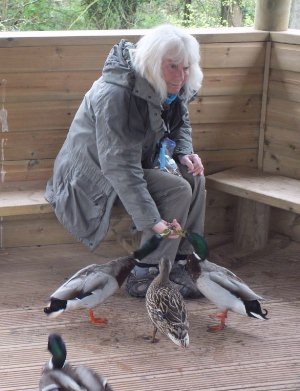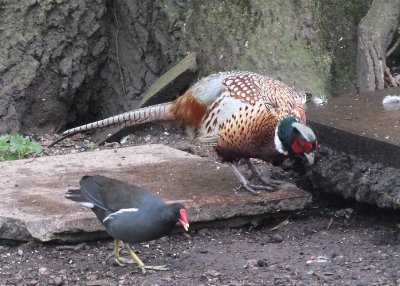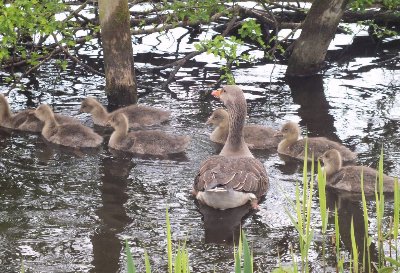
Leighton Moss Trip 12/5/13 |
|||||||||||||||||||||||||||||||||||||||||||||||||||||
| 8 of us arrived at 9.30 am to Oaken Clough with great expectations
for an interesting and enjoyable day ahead.
Leighton Moss is the largest reed bed in north-west England, and home to some really special birds such as breeding bitterns, bearded tits and marsh harriers. Deer can be seen on occasions, not to mention butterflies aplenty! When we started off it was reasonably dry and overcast and we made it to the first hide before the heavy rain came on. The hides themselves (4 in all we visited) had really nice interiors and were right at the edge of the reed beds giving us various scenes from different directions. From the hides we observed Cormants, many black headed (noisy!) gulls, shovlers, swans, moorhens and cootes and even spotted a couple of lapwings. It was (apart from the gulls) a quiet and overcast day but was truly beautiful and relaxing just watching and experiencing the peace of the location. The reed beds certainly gave colour, texture and so much protection to the birds who inhabited the space. There were others there, not too many, with their photographic telescopic lenses taking in the scenes and behaviours of the birds. Leighton Moss is a very attractive setting and is extending it’s front area to construct a garden/picnic area for visits. It has a lovely café (upstairs) and bird feeders placed throughout the paths and buildings accompanied by signs depicting various birds and describing the sounds they make along the trail. The gift shop too displayed a wide variety of wood carved habitat for birds and accessories for the garden to help the local wildlife. Another great day out. Thank you to Paul and Bryan who took their cars to ferry the rest of us back and forward. We would thoroughly recommend this site for a visit and applaud RSPB for the brilliant work they have done and are doing here.
|
|||||||||||||||||||||||||||||||||||||||||||||||||||||
